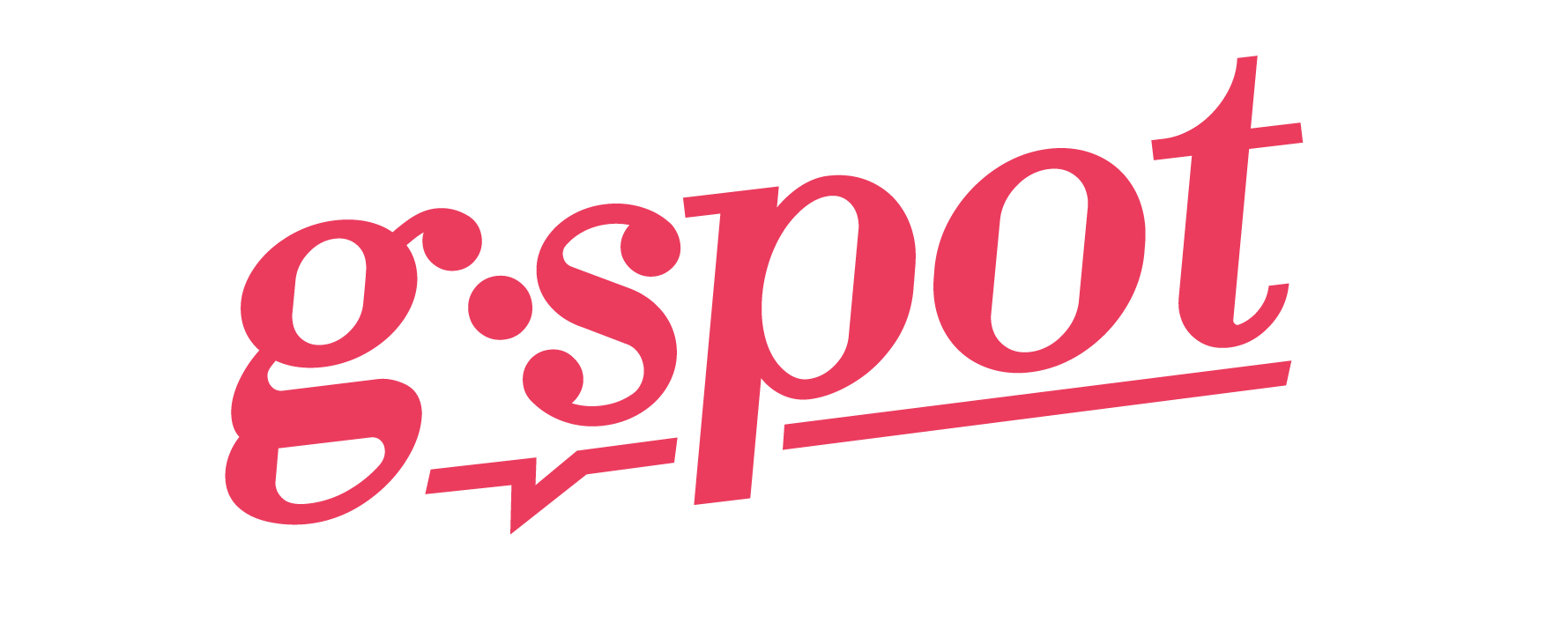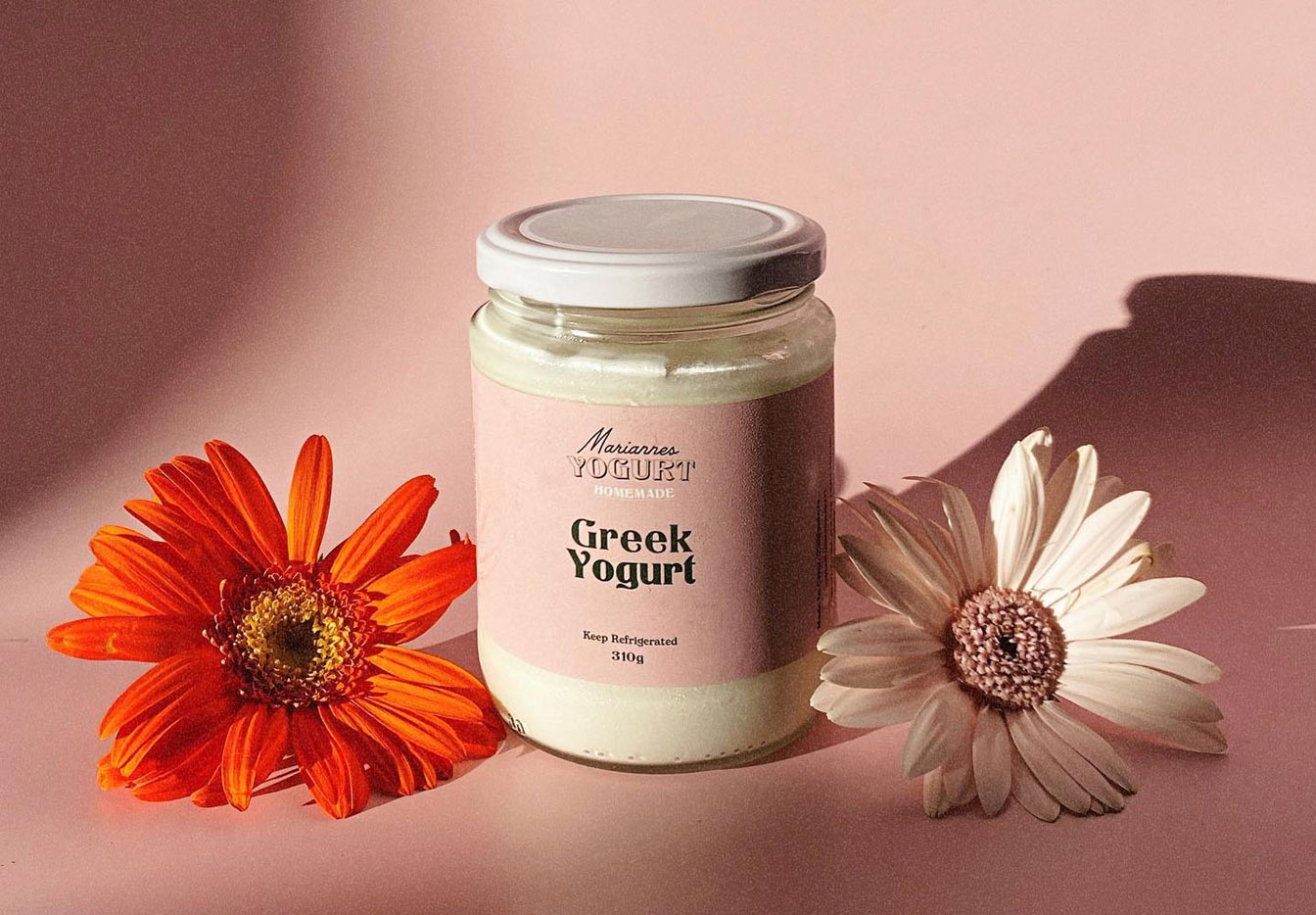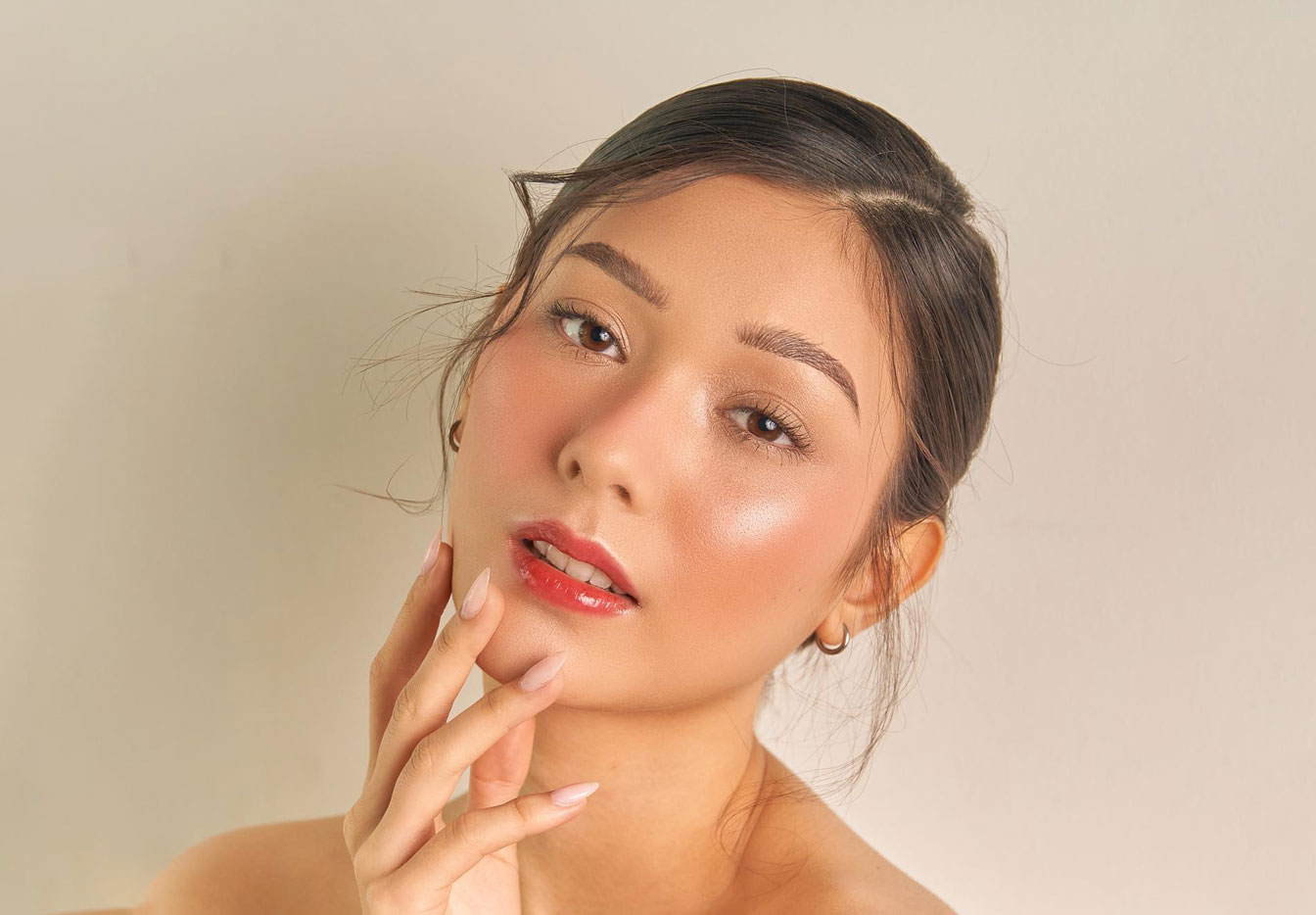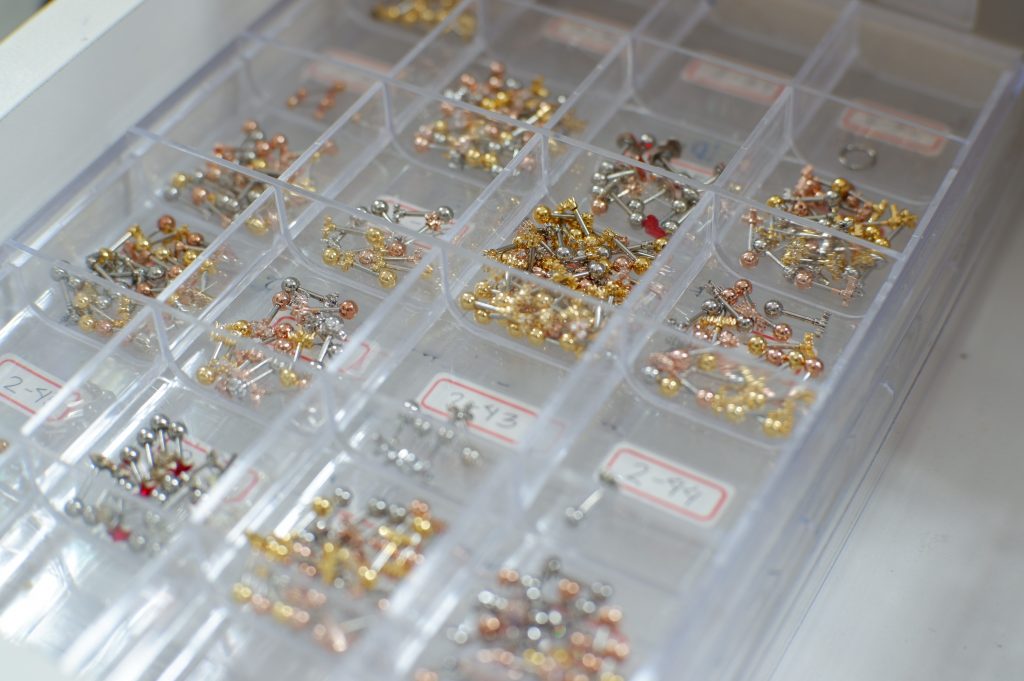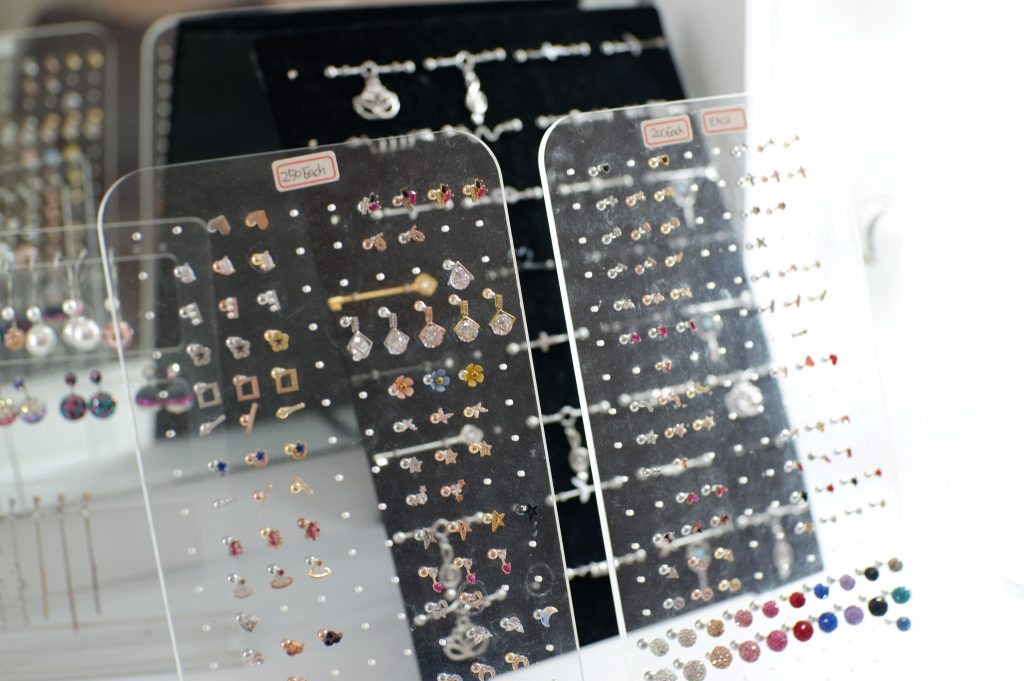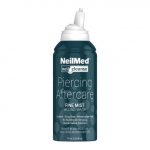At some point most of us have been there, in a cheap jewelry stall in the mall, leaning against the counter and getting a new piercing with a piercing gun.
It’s somewhat alright if it’s the lobe, but you shouldn’t be getting pierced with guns if you know what’s good for you (13-year-old me clearly didn’t). But it’s hard to fault people, especially young girls, when these jewelry stalls are accessible and very accommodating, especially before when legitimate piercings were mostly done in tattoo studios.
It’s for this exact reason that Jinah Oh began offering piercings at TFM Beauty Salon, a Korean salon located in Banilad, Cebu City. “When I decided to open the salon, I just wanted to let people experience a different vibe with piercings,” she tells g.spot. “When we think about piercing places, it was almost always a tattoo parlor, dark and very intimidating.”
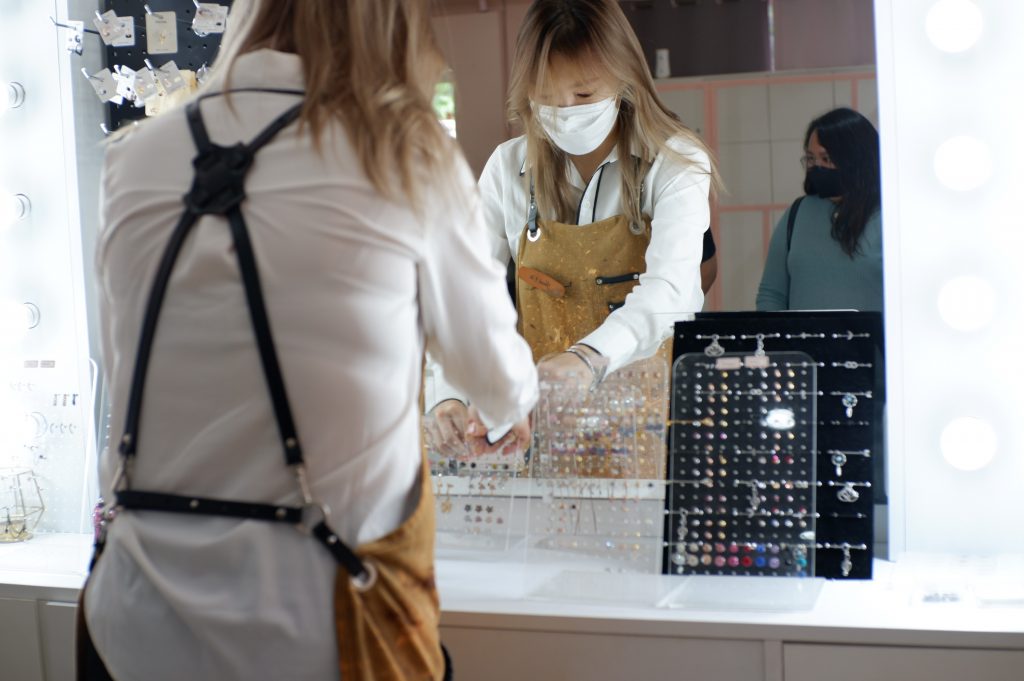
A fun fact about Jinah is that she actually got her very first piercing in Cebu. “I felt like I was in a hospital, and I lay down on the bed and saw all the stainless steel tools,” she recalls. “I was fine with that, but I wanted something different.”
A piercer for over seven years now, Jinah learned how to pierce in Korea, in an establishment that she described as a very girly place, not unlike the ambiance at TFM Beauty Salon which has since been a go-to destination for girls who wanted to get their ears and belly-buttons pierced correctly.
“Mostly what I observed here, people are going to the places that don’t do it properly, they use a gun through the cartilage,” Jinah expresses. “They should not use guns for cartilage. I just wanted to change the fundamental idea of piercings because there’s a lot of wrong information.”
Jinah does the piercings personally, so it’s always advised to book an appointment ahead of time. Even if you have to wait a while, that buys some time to choose from a variety of cute non-tarnish starter jewelry that Jinah sources from Korea.
An appointment starts with a consultation. Each person’s anatomy varies, so certain types of piercings may not work. During g.spot’s visit that afternoon, despite Head of Copy Deneb Batucan’s desire for an industrial piercing, Jinah told her she didn’t have the ear for it (she settled for a flat).
Jinah then marks the spot with some ink, and shows it to the client through a mirror for adjustments. Once it’s settled, she sanitizes the skin, takes a sterile needle, and pierces it through the client’s ear. More often than not, it’s over before you know it. Then she installs the starter jewelry, and provides the client with aftercare instructions and an anti-inflammatory.
Now that you know where to get a proper piercing done, you may be scrambling to book a visit to TFM Beauty Salon (here). But before your appointment, it’s time to think of your placement. While that’s really subject to your own anatomy and Jinah’s recommendations, you can start your considerations with our handy guide below.
Lobe

Almost every girl has their lobes pierced before they could even walk, but before you write this type off as basic, know that there are so many things you can actually do with them. Seconds, thirds, and maybe even fourths are a thing, and you can even take two next to each other and loop a ring through them for an orbital. Or if your anatomy allows for it, you can have a vertical lobe placement.
Helix

Chances are, if you’re one of those who had their ear cartilage pierced with a piercing gun, you might have gone for a helix. It’s on the rim of the car, usually the outer part, though some also go for the forward-helix, which pierces the cartilage closest to your face. Depending on your ear, you can have helixes in a row.
Flat
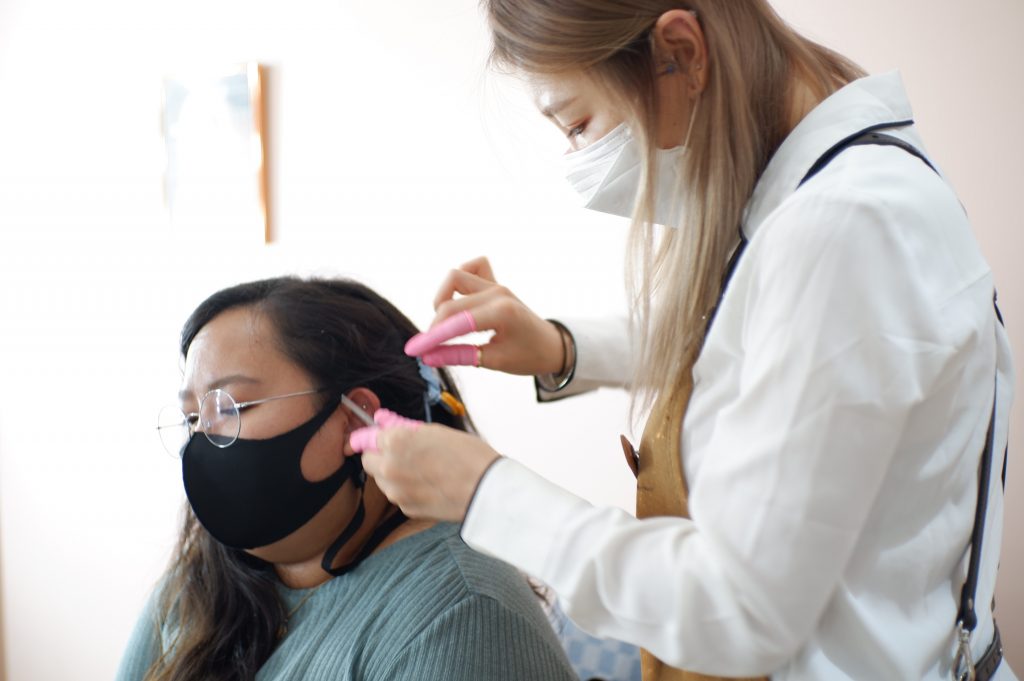
Moving inward slightly, the flat piercing gets its name from the flat, wide part of your upper ear. This is a large surface area that gives you some variety as to the actual placement, whether you want your piercing a little more outwards or inwards. It’s perfect for when you don’t want a healing piercing in the way of wearing earphones.
Conch

The conch is the shell-like portion of your ears. The piercing is done through the depression, although there are also outer conch piercings which may be mistaken for a low helix. For a lot of people, the conch is one of the thickest cartilages in the ear and may take longer than usual to heal.
Rook

Going further in, a rook piercing goes through the uppermost ridge in your ear. Often done with a bar for a starter jewelry, at first glance it looks like you have two piercings. There’s no piercing going out the back of the ear, which may make it appealing to those who wear glasses. While healing is the same as other cartilages, it has the added benefit of being in the inner part of the ear, making it less susceptible to accidental snagging.
Daith
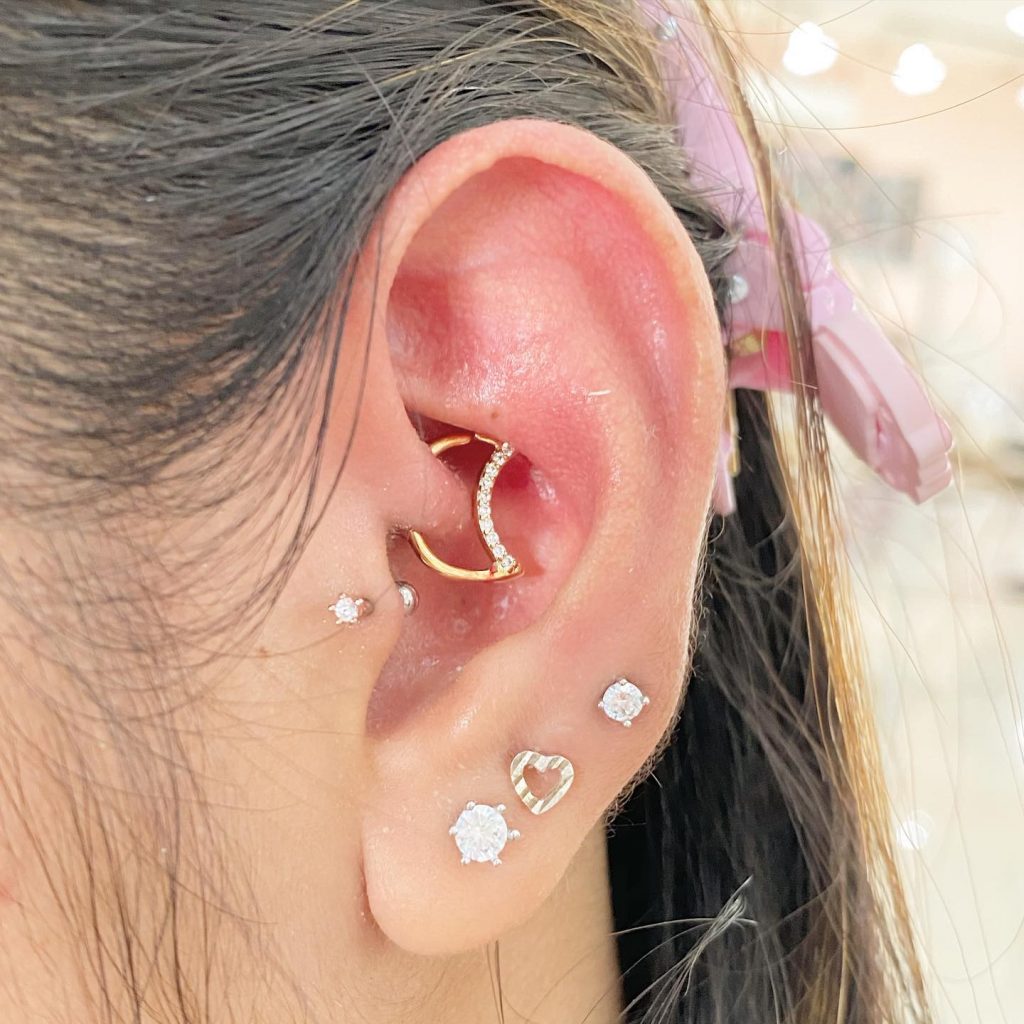
Sitting right below the rook is the daith piercing, done through the innermost ridge of the ear, with the bottom part at the entrance of the ear canal. Fun fact: There’s a lot of talk about how this piercing can relieve severe migraines, though not everyone will have the right anatomy for it.
Tragus

The tragus is that little nub that protrudes from the side of your face, partially covering the ear canal. It’s a very small area that requires equally small piercing jewelry, resulting in a look that’s super dainty yet still statement-making.
Industrial
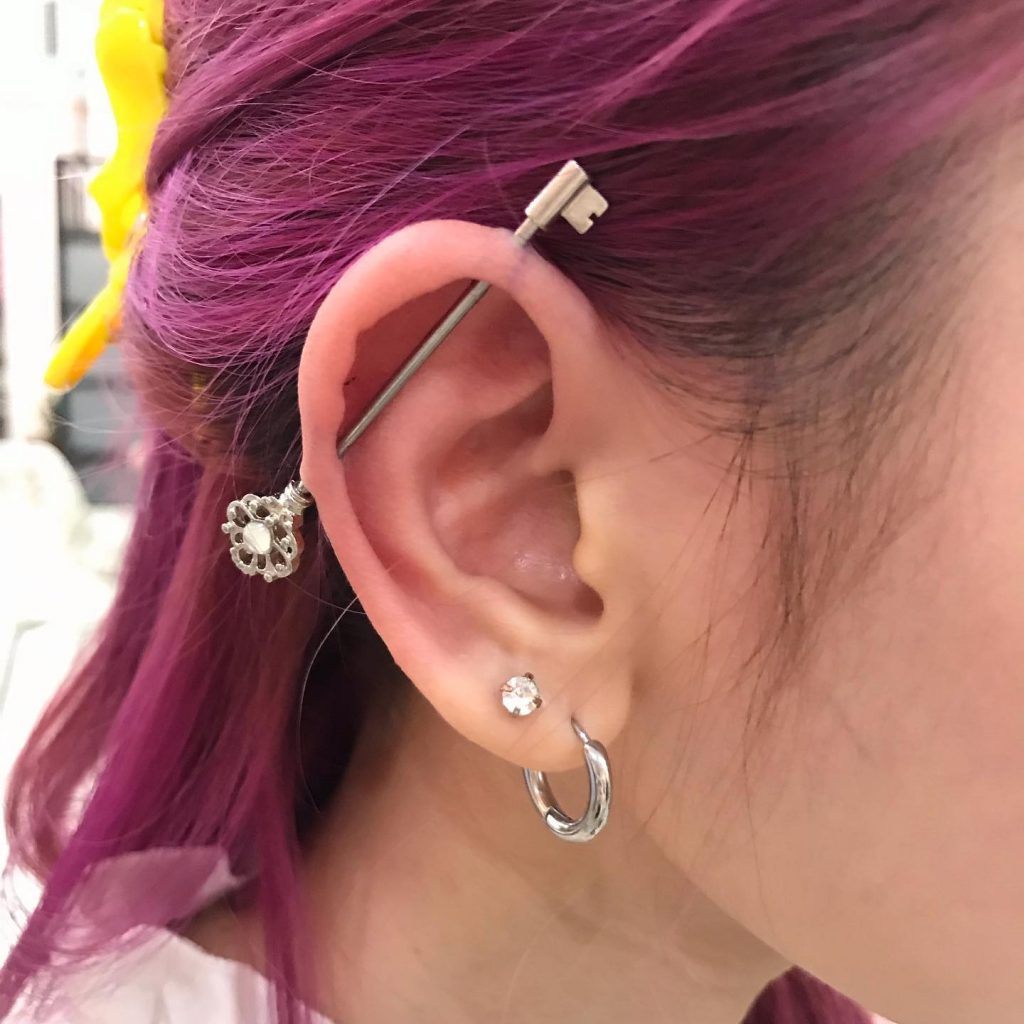
Last but certainly not the least is something that’s not for the faint of heart. An industrial piercing is actually two piercings, usually a helix and a forward-helix, connected by a barbell. However, it’s not as simple as just having those two helixes — the placements have to be carefully considered according to the shape of your ear.
Bonus: Aftercare
Any type of piercing you get requires a lot of proper aftercare if you want it to heal properly and be able to change your starter jewelry — and yes, while you may want to change earrings right away, the reality is that it’ll take at least three months for piercings to heal, longer if you get your cartilage done.
TFM Beauty Salon provides you with an anti-inflammatory that you can take after your appointment. As a fresh wound, you’ll want to resist touching your piercing, and definitely not with dirty fingers. Try not to sleep on the side of your new piercing as well, and avoid alcohol and smoking for two weeks to prevent infections.
They also recommend applying antibiotic cream or petroleum jelly 2-3 times a day.
As a personal suggestion, all my readings about piercings have led me to the NeilMed Piercing Aftercare Fine Mist Saline Cleanser. This, I find, is the perfect lazy girl hack to keeping my fresh piercings clean, especially since I got the rook and the conch, both of which are rather difficult to clean properly. It sprays upside-down for those hard-to-reach areas.
For your piercing and other beauty needs, check out TFM Beauty Salon on Facebook and Instagram. Make sure to book your appointments ahead of time
TFM Beauty Salon
113 Gov. M. Cuenco Avenue
Banilad, Cebu City
Open Tuesdays to Sundays, 10:00 a.m. to 7:00 p.m.
(032) 328 9053
